Restoring Museum Aircraft
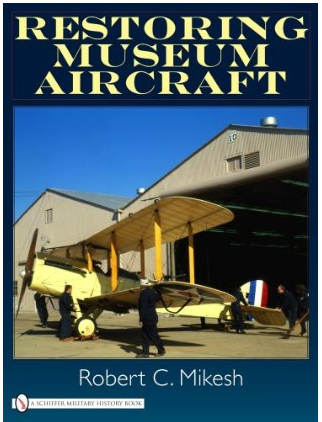 by Robert C. Mikesh
by Robert C. Mikesh
“This is not simply a textbook that tells technicians how to preserve and restore aircraft. Instead, my objective is to put into words and illustrations some of the many restoration and preservation concepts, many of which were formulated during my 21 years at the National Air and Space Museum.”
Remember how you used to see non-original polished metal, even chrome, in the engine compartments of cars in serious concours d’elegance? Remember when “barn finds” were never allowed onto the lush green grass, and even nicely patinaed original cars were scorned? Well, times have changed, and so have the philosophical approaches to automotive restoration. Decades ago, we made old cars look as good as we could, so they were often “too perfect.” Now, we’re starting to make (or keep) them authentic!
The histories of aircraft and automobiles parallel each other, yet this book reveals that the serious conservators at the National Air and Space Museum, where author Mikesh worked for 21 years, are way ahead of automotive restorers. They think long and hard about conservation and preservation, balancing those aspects against the more common restoration. Instead of remanufacturing and replacing parts, they do everything possible to conserve and preserve not only original parts but also original finishes, right down to developing modern techniques of duplicating those ancient finishes.
In fact, the author admits that the book could have been titled Preserving Museum Aircraft. And now that the understanding of conserving and preserving—rather than restoring—old cars is growing, this aircraft book makes great reading for car folks, too. While it does outline specific procedures and uses specific case studies, it will provide you with a deeper historical perspective on your restoration projects.
When approaching a project, aircraft museum curators use classification and grading systems. They assign an aircraft to one of three classes: 1) those of historic significance (the Spirit of St. Louis, say, the equivalent of a Le Mans-winning race car); 2) those of technical significance (the X-15 versus the first fuel-injected car engine); 3) representatives of a specific historic type (a Beechcraft Staggerwing or a Chevrolet Nomad). Within each class, they grade individual projects as 1) new or as-new, needing nothing, 2) as-used, with normal wear, 3) needing major rehabilitation, and 4) derelict, like a parts car. Some aircraft museums even preserve and display “parts aircraft” as found, say at the bottom of a lake.
Like the original aircraft mechanics, these restorers document every part replacement, every update, every repaint, no matter how minute. If they can’t keep an aircraft totally authentic, their log books leave a trail for the next technician, who may have better tools. Few automotive restorers document their work to this extent, yet without better preservation it may become difficult, in 100 years, to determine exactly how certain parts were originally configured and finished.
Throughout this book, you’ll find yourself drawing parallels between the aircraft and automotive worlds. It will open your eyes to a different and more significant, long-term view of automotive restoration. In fact, it should be required reading for every car restorer, every automotive museum curator, and every old car owner. It will make you think twice about replacing that original paint or installing more modern running gear.
This is not an automotive book, nor a history book or a workshop manual; its importance lies in revealing and recommending a more thorough examination and understanding of the philosophy of restoration, an aspect that is often ignored or taken for granted. Highly recommended.
Appended are several items of interest to museum practitioners: curatorial guidelines, sample paperwork, man-hour guides, sources for info and parts, as well as drawings of propeller-maker labels.
Copyright 2015 Frank L. Barrett (speedreaders.info)


 RSS Feed - Comments
RSS Feed - Comments

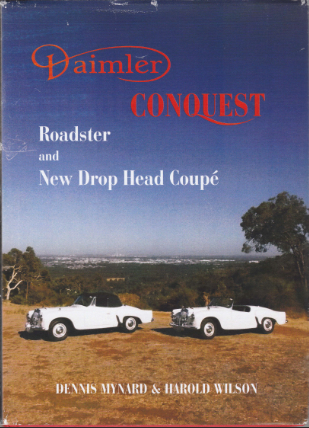
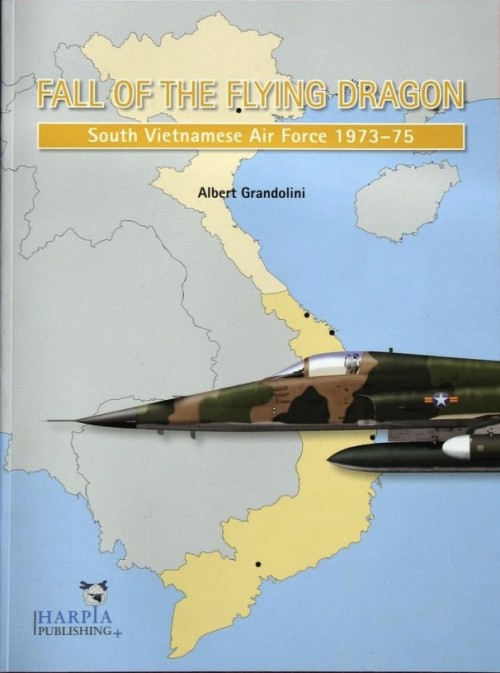
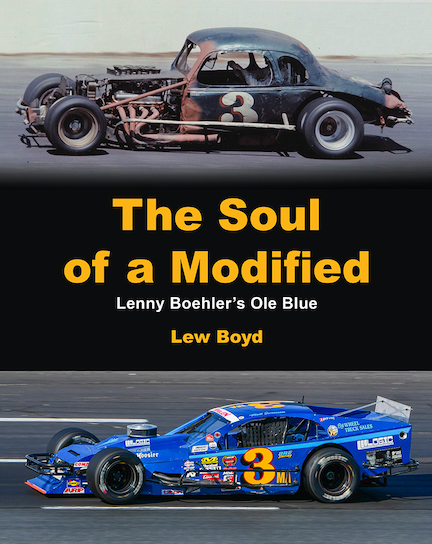


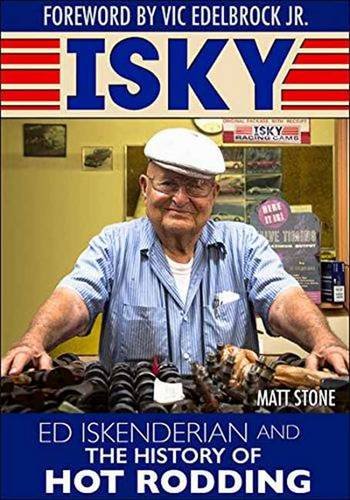
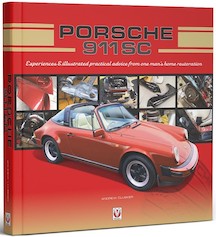


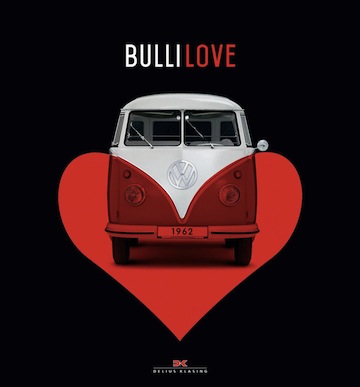

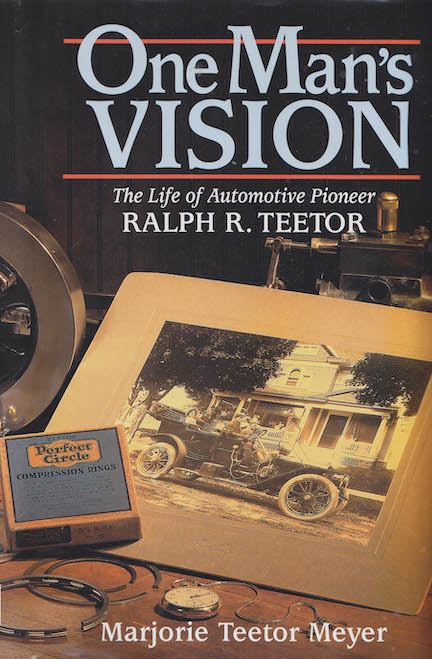
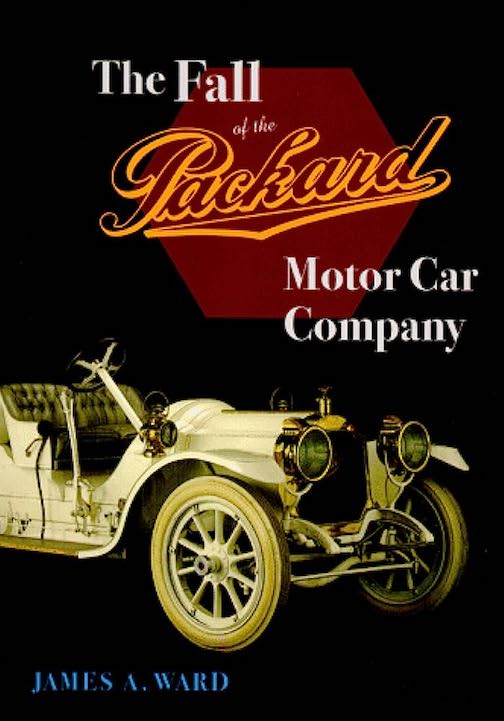
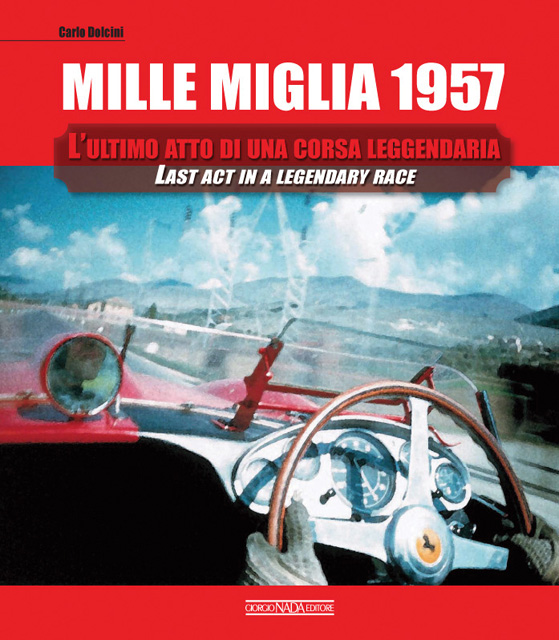
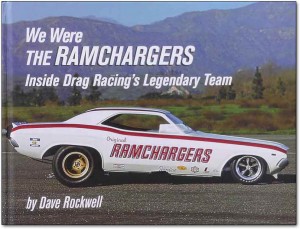
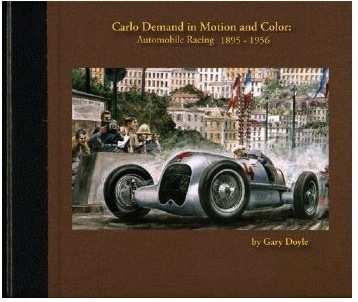

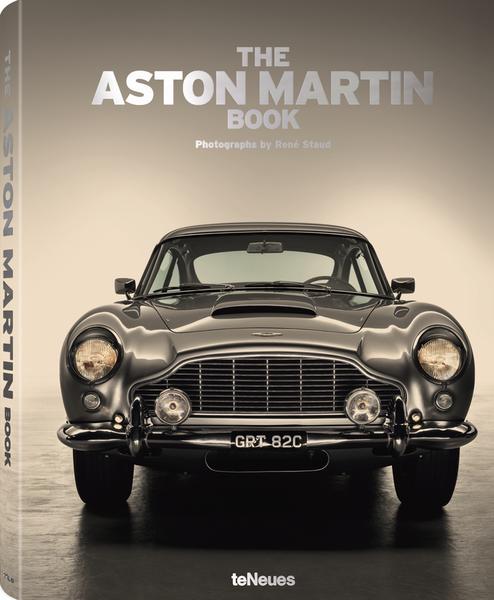
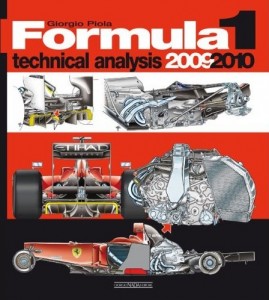
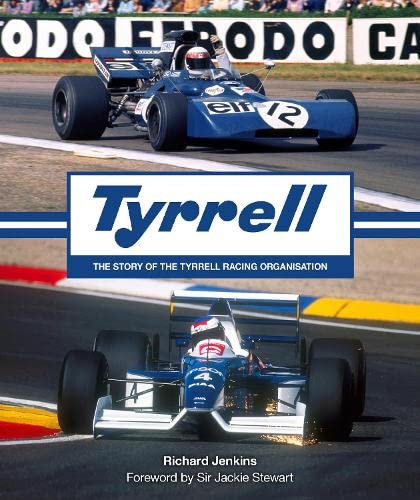




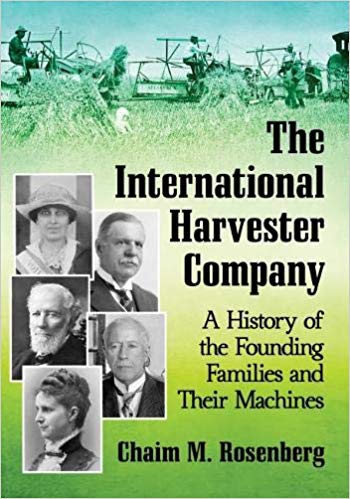
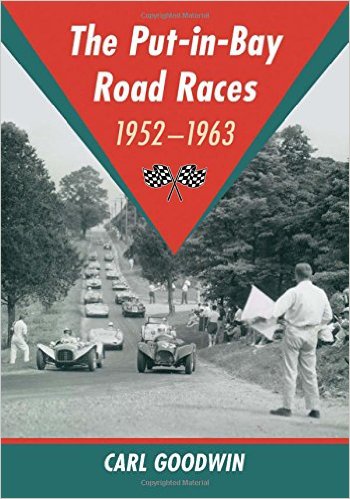



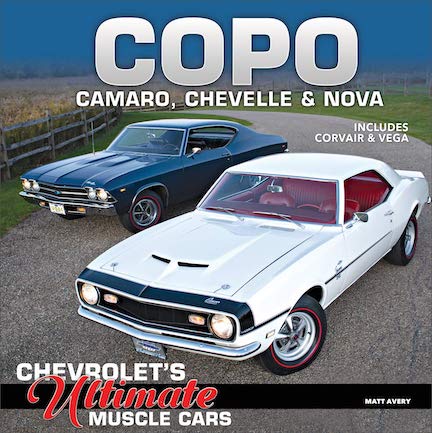

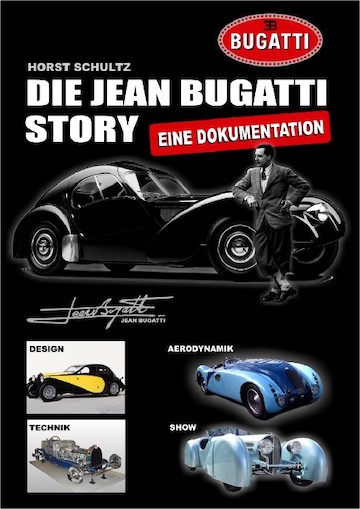
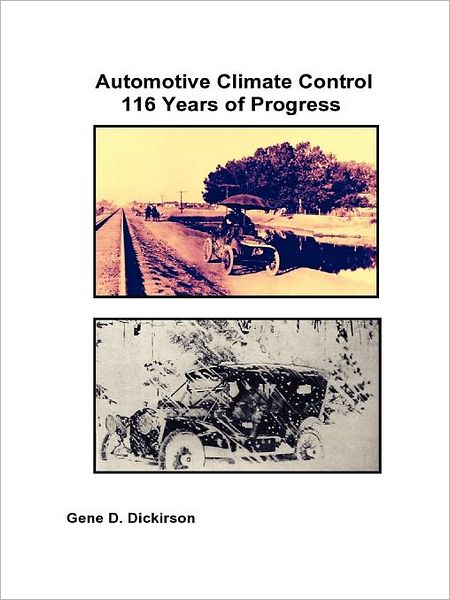
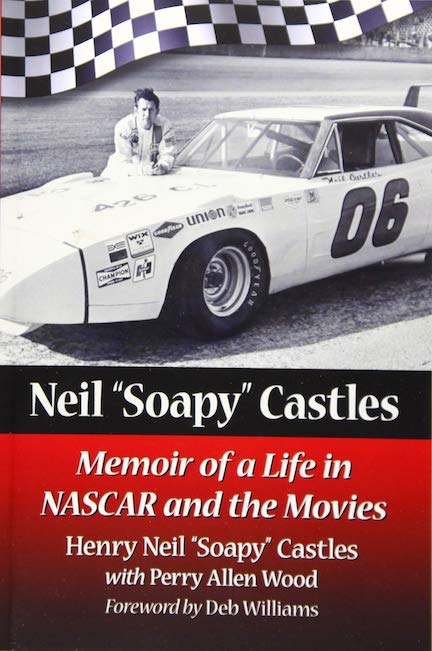
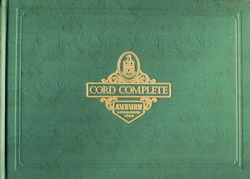
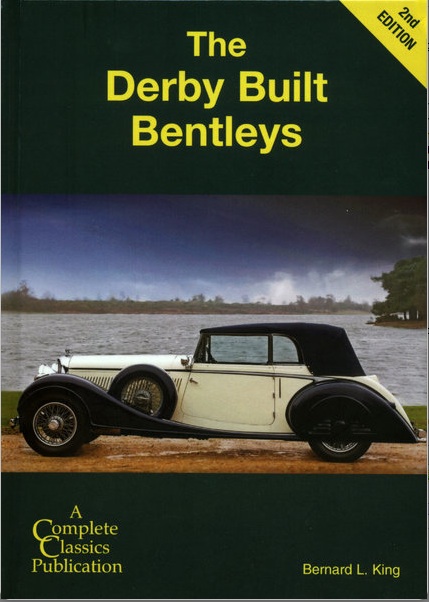
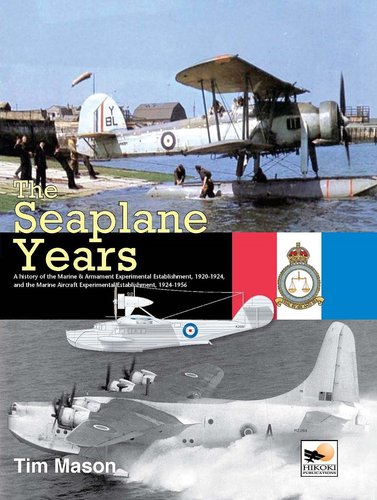
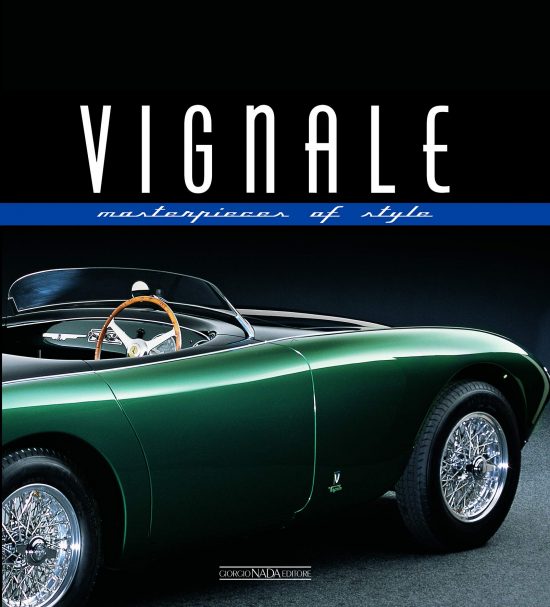
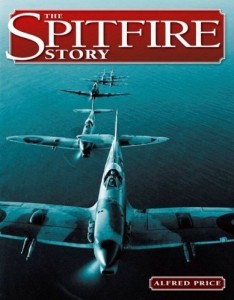
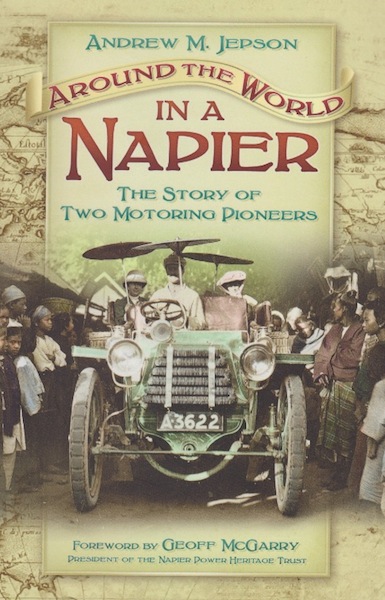
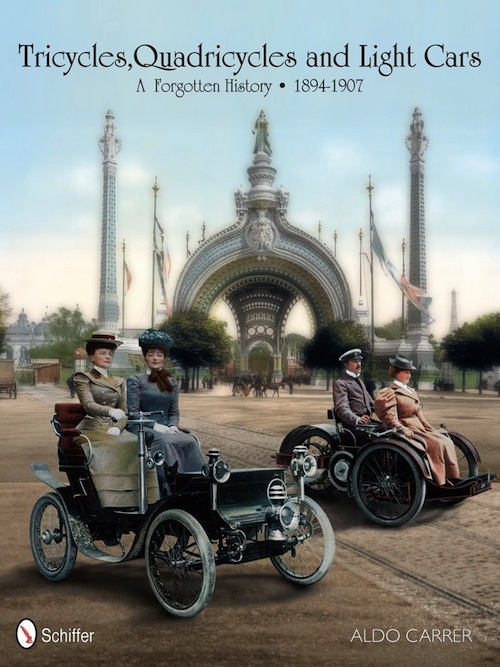

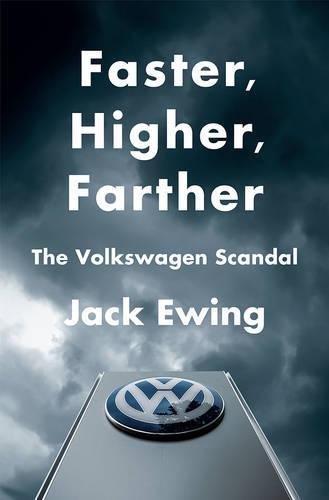
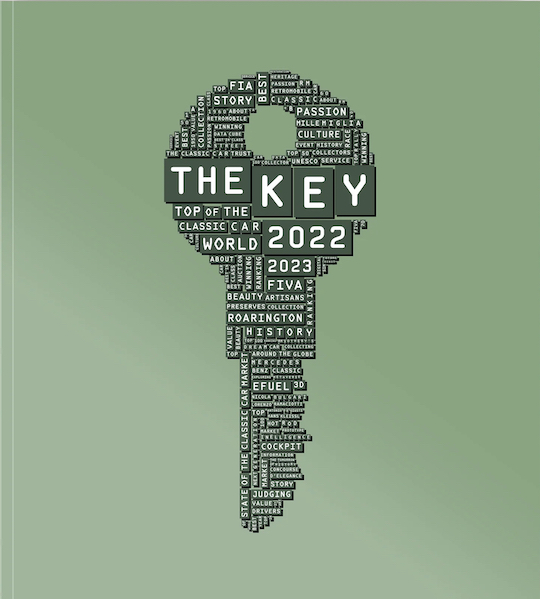
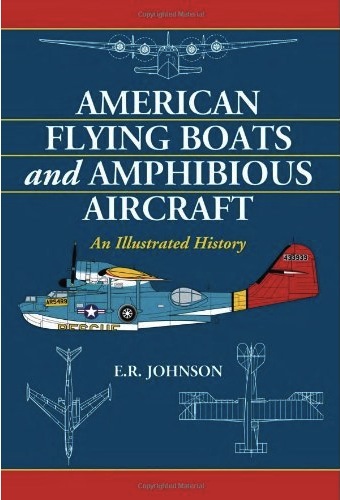
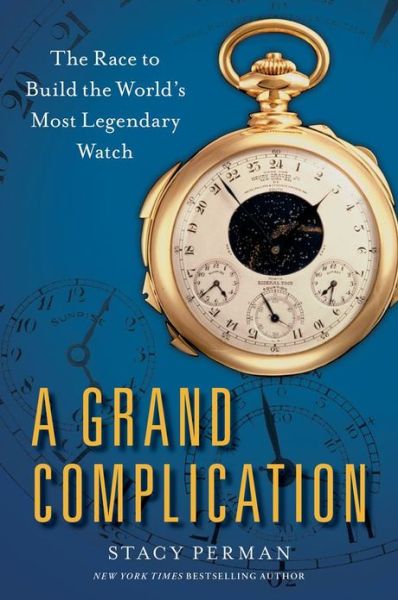





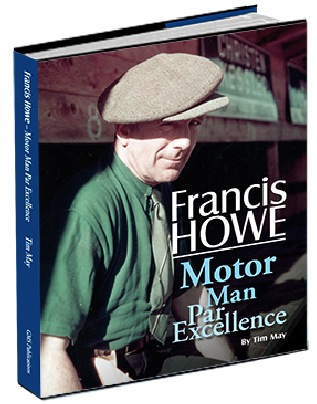
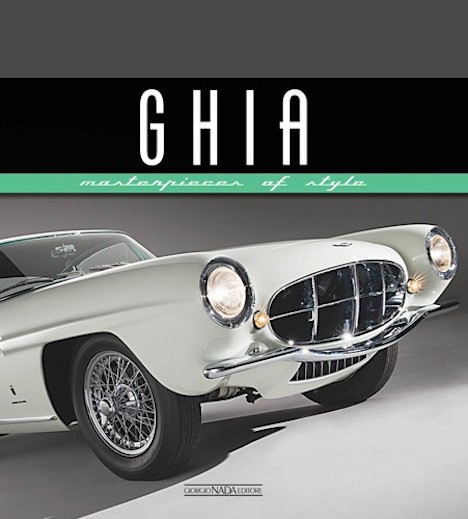
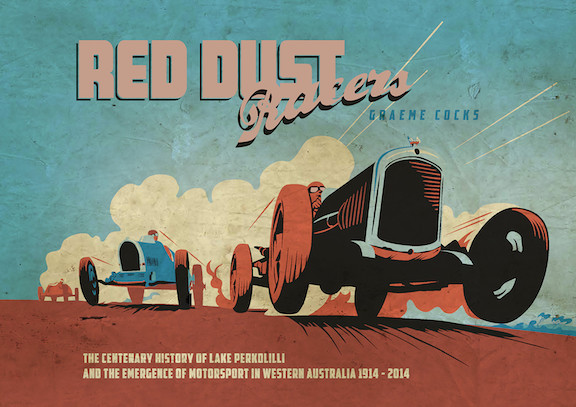


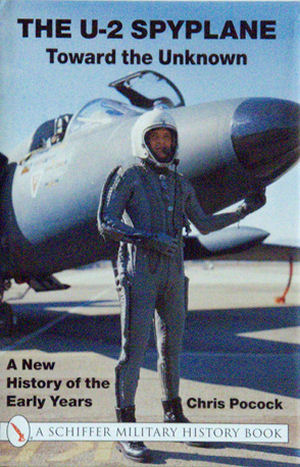
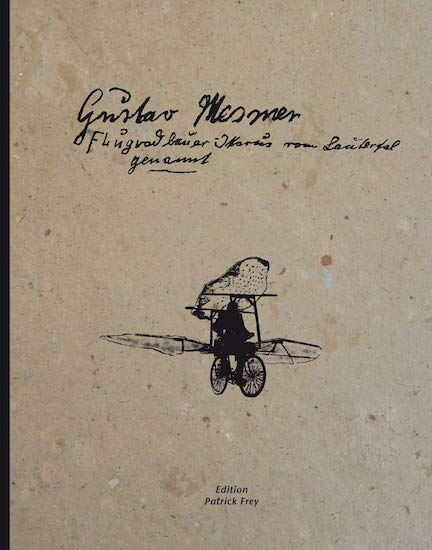
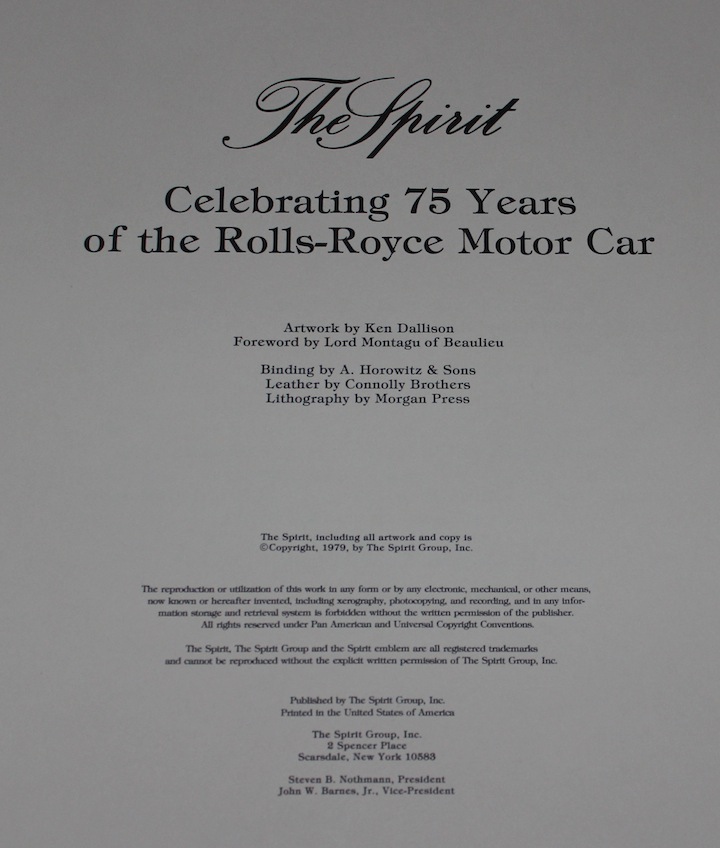

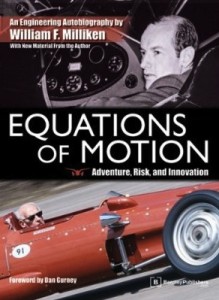
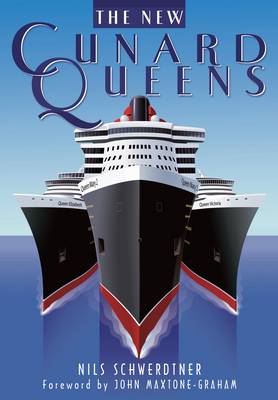
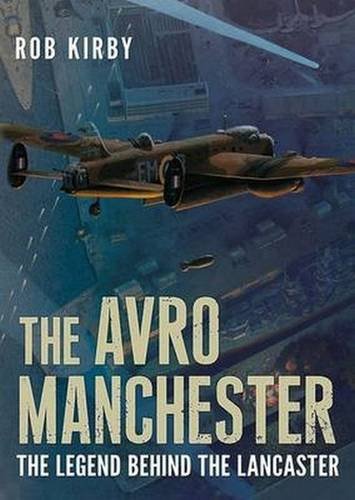
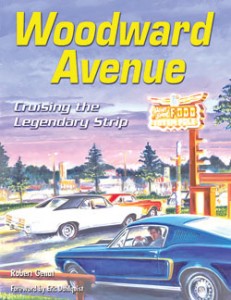
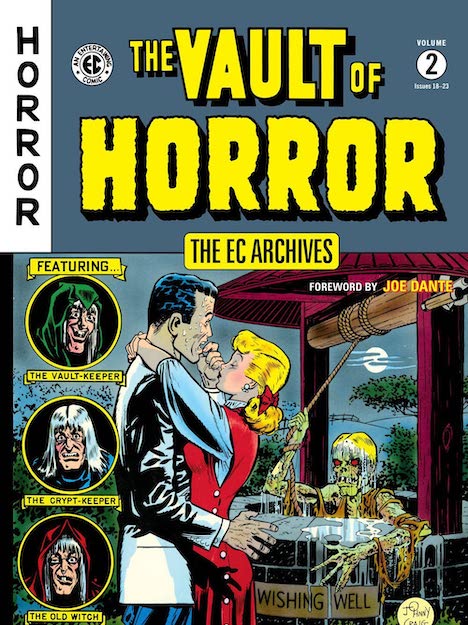
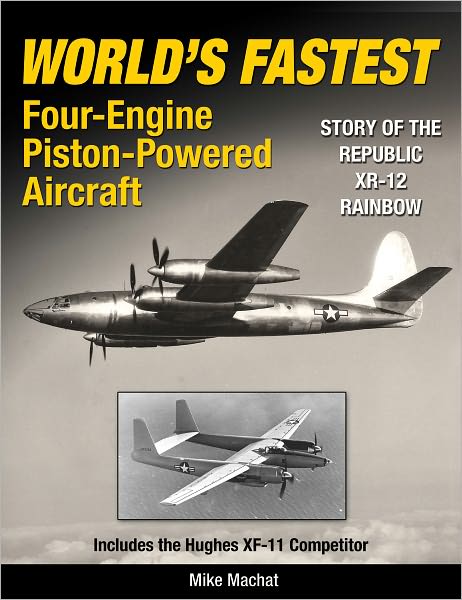

 Phone / Mail / Email
Phone / Mail / Email RSS Feed
RSS Feed Facebook
Facebook Twitter
Twitter
The problem….
…is that this book ends up being another “how to theory” rather than an actual how-to. There are tons of books dedicated to the former. If the author was wishing to make a big contribution gained from over 20 years restoring aircraft, then why not demonstrate restoration techniques being put to use?